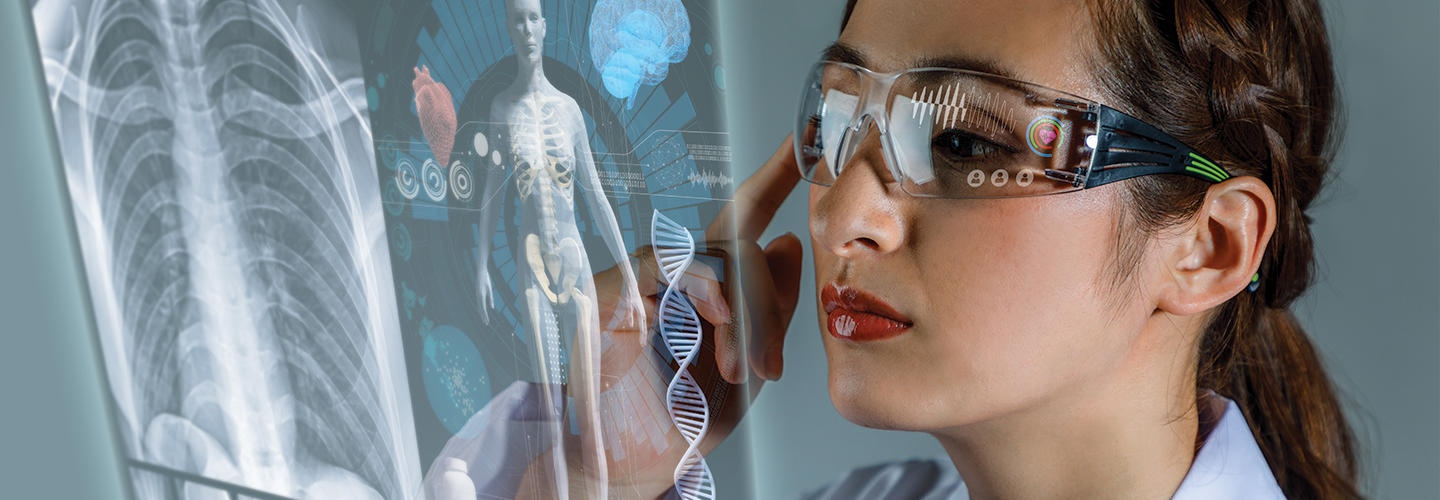
@ShahidNShah


Long before the pandemic, healthcare was on the road to becoming ever more digital. The American Recovery and Reinvestment Act of 2009 mandated meaningful conversion of physical documents to electronic medical records (EMRs). By 2018, individual patients were generating more than 80 megabytes of EMR and imaging data each year, which is manageable in isolation but incredibly challenging at scale.
COVID-19 supercharged this shift with a sudden pivot to telemedicine and at-a-distance diagnoses. According to PWC, virtual health delivery now tops the list of 2021 issues in the healthcare industry. As a result, medical professionals need a new way to address emerging challenges, and the solution may come from an unlikely source: augmented reality smart glasses.
Unlike more familiar wearable tech such as smart watches and fitness trackers, smart glasses haven’t cracked the mainstream market. While early attempts to market smart glasses promised a revolutionary AR experience, in practice they were panned by users and observers alike.
Continue reading at healthtechmagazine.net
Every hospital and health system aims to deliver the best possible patient care while at the same time managing the cost of care. But controlling costs has become more important than ever, since the …
Connecting innovation decision makers to authoritative information, institutions, people and insights.
Medigy accurately delivers healthcare and technology information, news and insight from around the world.
Medigy surfaces the world's best crowdsourced health tech offerings with social interactions and peer reviews.
© 2025 Netspective Foundation, Inc. All Rights Reserved.
Built on Dec 17, 2025 at 12:37pm